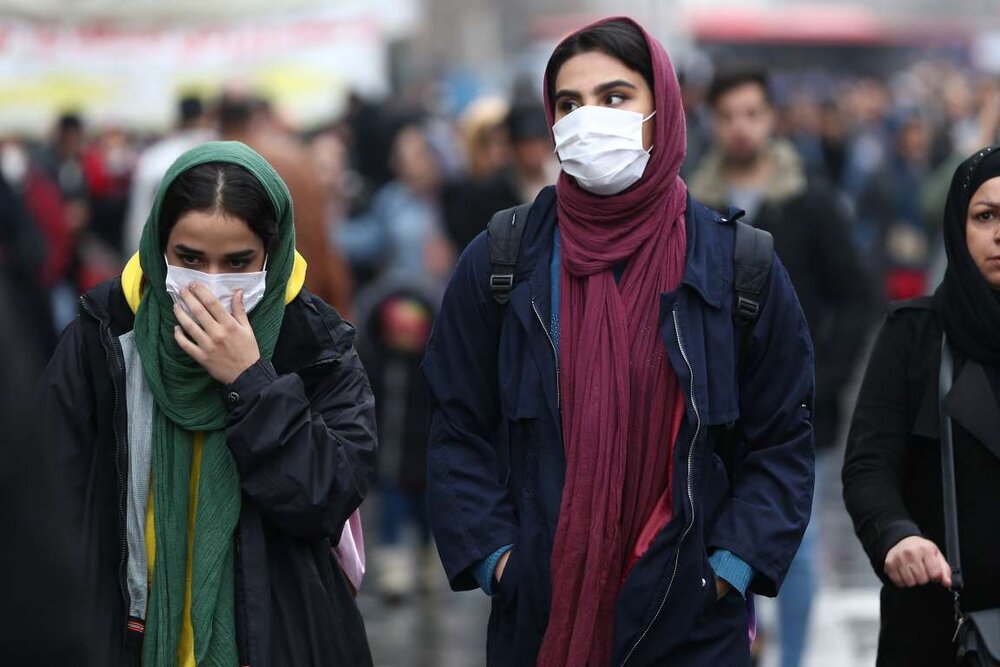Normal life not a distant dream as Tehran sees drop in new corona cases

The average death toll from COVID-19 pandemic in Iran has been on the decline, and also in the capital Tehran, over the past couple of weeks, thanks to a temporary lockdown introduced earlier in March.
Countrywide deaths, since the first case came to light on February 19 reached 99,970 on Tuesday (May 5). However, the infection has slowed in the Islamic Republic from almost two weeks ago under orders to businesses, schools, and public places to close and the fact that most people stayed at home though it somehow inflicted harm to the national economy and making hundreds of people unemployed.
On April 20, Iran lifted intercity travel bans days after President Hassan Rouhani unveiled a “Smart Social Distancing Initiative” as a new phase of measures to prevent the virus spread. Days later, more shops have reopened in Tehran, often setting up street-front counters so that people can buy goods without entering. Public buses and the subway system seem to have more and more passengers.
As many people have left homes appearing in streets and public places, experts raise serious doubts about the situation in Tehran where a majority of businesses — almost 200,000 in total — have resumed operations.
Alireza Zali, the head of the Coronavirus Control Operations Headquarters in Tehran, on Monday said that the health situation is so fragile in the capital city.
“Tehran has very fragile conditions and we have not reached the desired point yet. With any changes in behavior and non-application of health protocols, we may face worrying conditions in Tehran.”
As many of us know, coronavirus symptoms normally appear 2-14 days after exposure to the virus, causing a wide range of symptoms ranging from mild to severe illness. Consequently, the rate of infected people may alter in the face of packing populations. Good news is, according to the earlier reports, the number of people who use face masks in the subways, busses and public places is increasing day by day.
Talking about statistical alterations of the disease, Zali said “Statistical changes in a city like Tehran are usually determined after a period of 9-14 days when patients refer to health centers, and it also be determined in a time between two and three weeks later form changes in hospital admissions.”
So, due to the increase in traffic, any changes may happen in the coming days.
Zali reminded all those who started their businesses have pledged to comply with health protocols outlined by the Health Ministry.
“Though the Health Ministry supervises, more closely and actively than ever, on the observance of health protocols by different business owners, but it is obvious that the province of Tehran is much larger than other provinces when it comes to the number of jobs and businesses.”
Now it’s up to the level of people’s observance of health protocols as well as the government’s active role in policy-making to witness a fully normal life across the bustling metropolis exactly like the time before the pandemic.
AFM/MG
